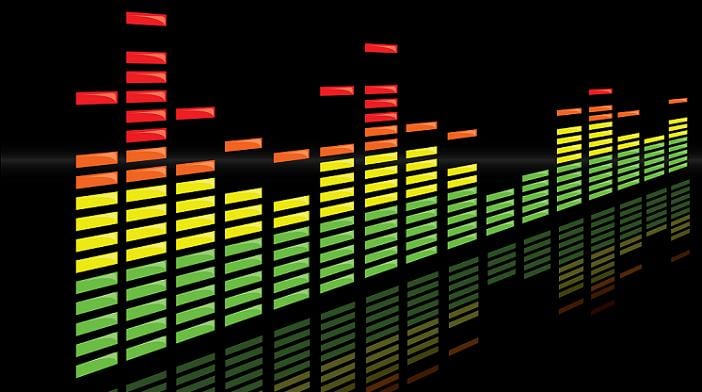
Tanvi Patel. (Photo courtesy the author)
Revenue from music for video is surging, and savvy composers diversify – pursuing placement in ads, films, TV, video games, and countless other opportunities. As CEO of virtual music house Crucial Custom, Tanvi Patel's duties include finding, creating, honing, and licensing custom music for internet advertisements. Check out her tips to help songwriters excel at meeting video creators’ distinct specifications.
1. Make sure it builds
Even though advertisements are usually 30 to 60 seconds long, write music to develop the client’s story in three parts: a melodic intro that’s soft or highlights one key instrument, followed by a midsection that introduces other elements with a solid beat, and finish with a soaring payoff when all the instruments together make an inspirational statement. This might seem like a lot to fit into a minute or less, but it’s almost always what advertisers are looking for to motivate their target audiences.
2. Create movement
Moving images can be dragged down or lifted up by music, and you don’t know which will happen until you hear music synced to picture. Depending on video edits, images flash by at different speeds. Music with movement can help quicken visual effects when edits are slow, or it can forcefully support quicker edits and create urgency. Write music with movement, either blatantly with a heavy beat, or subtly with arpeggios and ostinatos.
3. Develop a vocal hook with a universal theme
Advertisers exploit the same themes time and time again. For example, car spots are about going places, traveling to parts unknown, looking for adventure. So write vocal hooks that evoke "get up and go," "on the road again," or "going home." Make vocal hooks quick, and keep lyrics general and accessible. Your lyric should tell the story in 10 seconds or less. Avoid mentioning specific names, places, or circumstances. And while heartbreak can inspire huge hit singles, that topic almost never makes it into ads. Happiness always trumps sadness.
4. Use thoughtful instrumentation
Use unique instrumentation, but make sure it doesn’t fight against the ad’s dialogue. Avoid brass solos or jarring electronic elements that live in the upper/middle frequencies where the human voice resides. Write to back the voiceover unless the whole spot is without voiceover. When there are no spoken lines to compete with, enrich your music to drive the whole message. Anything is fair game, so go all out!
5. Think fresh
The most memorable ads have unforgettable music. Think of how many Apple spots you remember. There’s Yael Naim’s super-melodic “New Soul” that introduced the new MacBook Air. Apple used more than the hook because Naim’s lyrics tell the metaphorical story of the birth of the product. There’s Willy Moon’s big beat/garage rock swagger of “Yeah Yeah” pimping the new iPod. And Rafferty’s “Apple Pie” sold out the iPhone 6s with its gospel-revival-meets-rock beat. What they have in common is a unique, fresh sound. You can accomplish this with a new take on an old genre, a mix of genres, a simple melody supported by unusual instrumentation, or some other original blend of disparate, inspiring elements. Write tracks that grab attention and are not easily duplicated.
Find out more about sync licensing:
- How to Find Music Supervisors for Sync Licensing
- 4 Ways That Getting a Sync License Can Jumpstart Your Music Career
- How We Got Our First Music Licensing Deal – and Turned It Into Over 100 More
- 4 Red Flags That a Sync Licensing Deal Might Screw You Over
- Should Artists Accept Gratis Licenses for Film and TV Placements?
Tanvi Patel is a 50 percent partner in Crucial Music Corporation along with serving as the company’s president and CEO. Her career spans two decades in the broadcasting, record label, and production library industries. Since 2005, CrucialMusic has placed music in Nebraska, Gravity, Captain Phillips, Scandal, Homeland, Boardwalk Empire, Orange is the New Black, The Good Wife, and many more.







